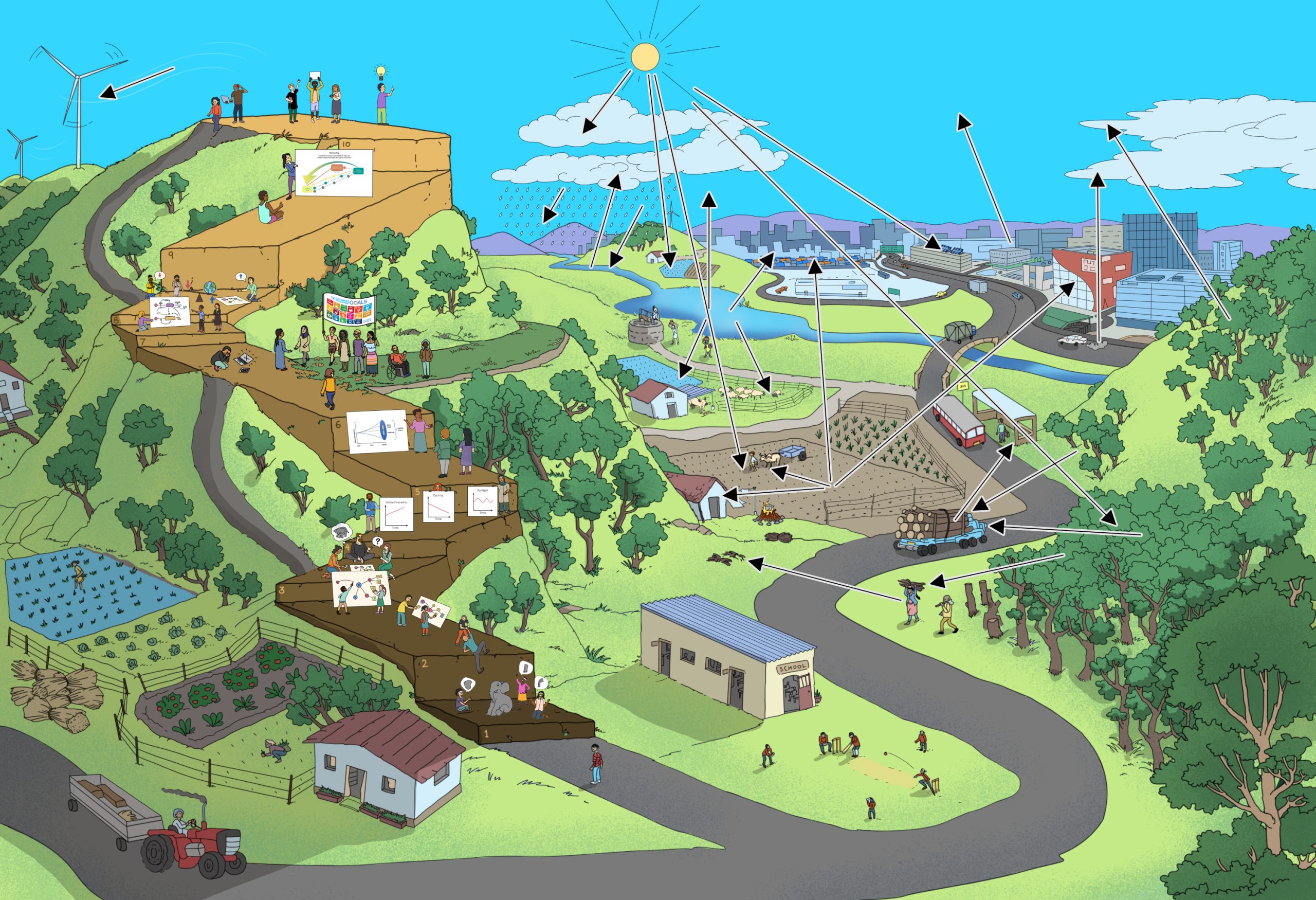Measuring Development
For Step 6
The 2030 Agenda for Sustainable Development is a plan of action for people, planet, and prosperity. It also seeks to strengthen universal peace. We recognise that eradicating poverty in all its forms and dimensions, including extreme poverty, is the greatest global challenge and an indispensable requirement for sustainable development. All countries and all stakeholders, acting in collaborative partnership, will implement this plan. We are resolved to free the human race from the tyranny of poverty and want to heal and secure our planet. We are determined to take the bold and transformative steps urgently needed to shift the world onto a sustainable and resilient path. As we embark on this collective journey, we pledge that no one will be left behind. The 17 Sustainable Development Goals and 169 targets which we are announcing today demonstrate the scale and ambition of this new universal Agenda. They seek to build on the Millennium Development Goals (MDGS) and complete what these did not achieve. They seek to realize the human rights of all and to achieve gender equality and the empowerment of all women and girls. They are integrated and indivisible and balance the three dimensions of sustainable development: the economic, social and environmental. The Goals and targets will stimulate action over the next nine years in areas of critical importance for humanity and the planet.
Ecological Footprint measures the demand on and supply of nature. On the demand side, it adds up all the productive areas for which a population, a person or a product competes. It measures the ecological assets that a given population or product requires (including plant-based food and fibre products, livestock and fish products, timber and other forest products, and space for urban infrastructure) and to absorb its waste, especially carbon emissions. The Ecological Footprint tracks the use of productive surface area. Typically, these areas are: cropland, grazing land, fishing grounds, built-up land, forest area, and carbon demand on land. On the supply side, a city, state or nation’s biocapacity represents the productivity of its ecological assets (including cropland, grazing land, forest land, fishing grounds, and built-up land). These areas, especially if left unharvested, can also serve to absorb the waste we generate, especially our carbon emissions from burning fossil fuel.
Gross domestic product (GDP) is a monetary measure of the market value of all the final goods and services produced in a specific time period. GDP (nominal) per capita does not, however, reflect differences in the cost of living and the inflation rates of the countries; therefore, using a basis of GDP per capita at purchasing power parity (PPP) is arguably more useful when comparing living standards between nations, while nominal GDP is more useful comparing national economies on the international market.
The Human Development Index was created to emphasize that people and their capabilities should be the ultimate criteria for assessing the development of a country, not economic growth alone. The Human Development Index (HDI) is a summary measure of average achievement in key dimensions of human development: a long and healthy life, being knowledgeable and have a decent standard of living. The HDI is the geometric mean of normalized indices for each of the three dimensions. The health dimension is assessed by life expectancy at birth, the education dimension is measured by mean of years of schooling for adults aged 25 years and more and expected years of schooling for children of school entering age. The standard of living dimension is measured by gross national income per capita.
Analysis Matrix for Development Measures
‘Measuring Development’ presents four different approaches to estimate or measure the development of countries and societies.Use this table to analyse the four approaches (GDP, HDI, EF, SDG) for their suitability for sustainable development of societies or nations.
| Measuring system | What is measured? | How is it measured? | Does the tool help you understand development of a state or society? | Does the tool help you understand the dimensions of sustainability of a state or society? |
| Gross Domestic Product (GDP) |
|
|||
| Human Development Index (HDI) |
|
|||
| Ecological Footprint |
|
|||
| 2030 Agenda |
|

